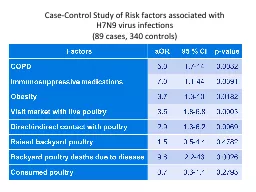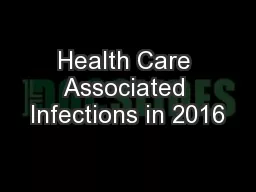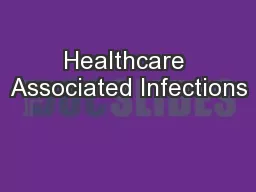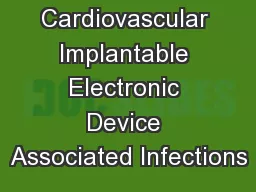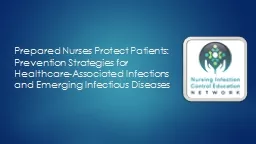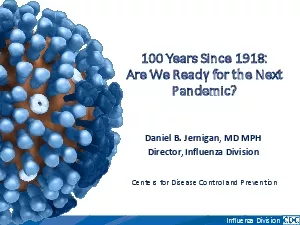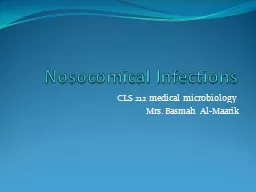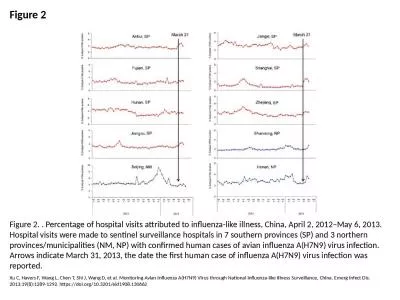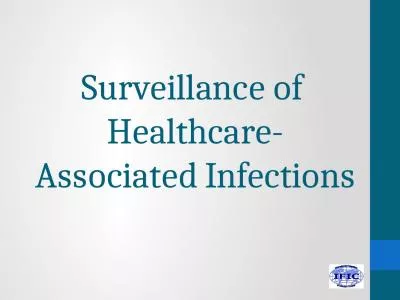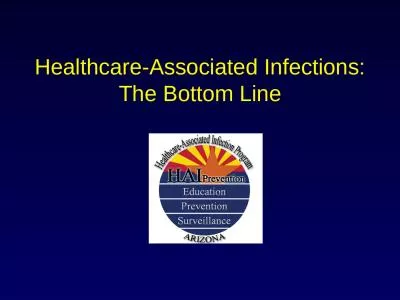PPT-Case-Control Study of Risk factors associated with H7N9 virus infections
Author : kinohear | Published Date : 2020-06-23
89 cases 340 controls Transmission route of H7N9 virus avian to human 70 of cases had contact with poultry or related environment before illness onset Viruses
Presentation Embed Code
Download Presentation
Download Presentation The PPT/PDF document "Case-Control Study of Risk factors assoc..." is the property of its rightful owner. Permission is granted to download and print the materials on this website for personal, non-commercial use only, and to display it on your personal computer provided you do not modify the materials and that you retain all copyright notices contained in the materials. By downloading content from our website, you accept the terms of this agreement.
Case-Control Study of Risk factors associated with H7N9 virus infections: Transcript
Download Rules Of Document
"Case-Control Study of Risk factors associated with H7N9 virus infections"The content belongs to its owner. You may download and print it for personal use, without modification, and keep all copyright notices. By downloading, you agree to these terms.
Related Documents

